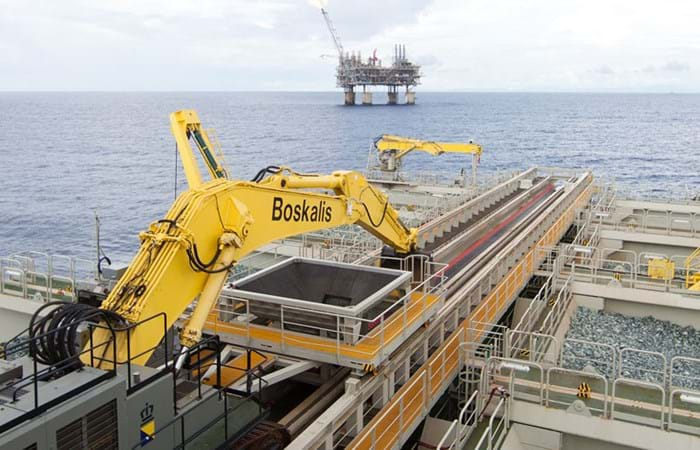The Malampaya Deep Water Gas-to-Power Project is a joint venture involving the Philippine National Oil Company, Chevron and Shell Philippines Exploration. The project is part of the optimization of the Malampaya gas field which will lead to an eight-year lifetime extension.
The Malampaya Deep Water Gas-to-Power Project is a joint venture involving the Philippine National Oil Company, Chevron and Shell Philippines Exploration. The project is part of the optimization of the Malampaya gas field which will lead to an eight-year lifetime extension. To boost the gas pressure in the field an offshore Depletion Compression Platform (DCP) will be installed alongside an existing production platform. The compressors of the DCP maintain the gas reservoir pressure for drying and transportation. Gas from the field is transferred via a subsea pipeline to Batangas port. This is a project of national importance given that the field is the major source of natural gas for the country, providing approximately 30% of the Philippines’ electricity requirements. And indeed, the production plants in Batangas port area are responsible for the electricity supply to some 40% of the people of Manila, so it is vital that the gas flow is not interrupted. Boskalis was awarded the contract from Shell Philippines Exploration in April 2013. Boskalis is responsible for the seabed work — dredging and rock installation — as well as for the Transport & Installation of the offshore platform.
